Finding Africa's Big 5
If you are looking for Africa's "Big 5" then Kruger National Park should be your destination. For those not in the know the Big Five is a term left over from colonial hunting days in Africa for the five animals that if a hunter shot but didn't kill, the animal could charge and kill the hunter. This elite group of potentially deadly animals include elephants, rhino, leopard, lion, and cape buffalo. Now the term is thrown around more by enthusiastic wildlife watchers in safari vehicles trying to shoot a photo of the Big 5.
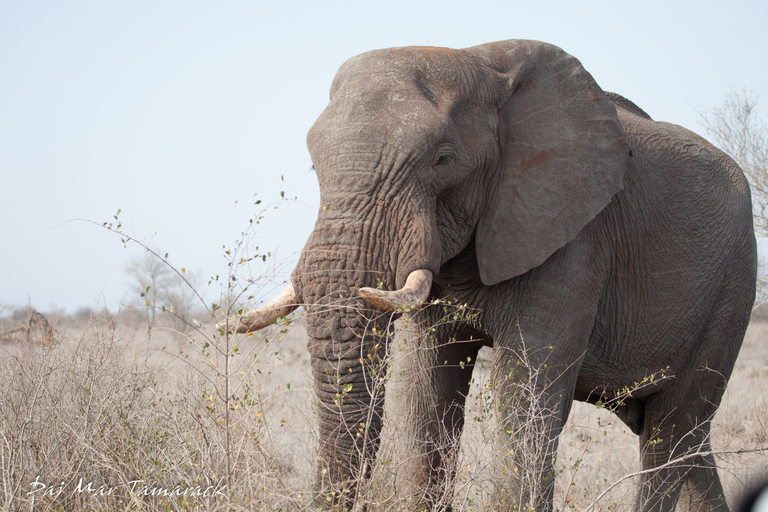
African Elephant
Even though these animal sightings are heavily sought after, to the point of camps having recent sightings boards up with moveable magnets for each animals, it can still be quite a challenge to see them all. If you are in a place like Kruger National Park in South Africa and get quite lucky then it is possible to see them all in a day, but the longer you stay in the park the better your chances.
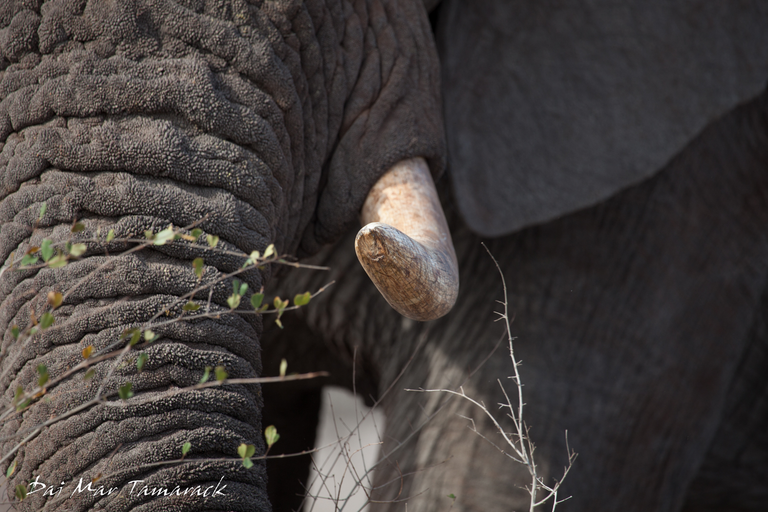

African elephants are often one of the first of the Big 5 to be spotted by visitors to the park. With nearly 14,000 elephants in Kruger daily sightings are almost guaranteed. And even if you aren't looking at an elephant you can probably look around and see some evidence that one has been in the area. Trees toppled over and elephant dung are two often visible sights along the roads. This is also the one member of the big 5 that still makes me very nervous while inside the 'safety' of a safari vehicle, as they have been known to charge, damage, and even flip over cars in the past.

White or 'square-lipped' rhino
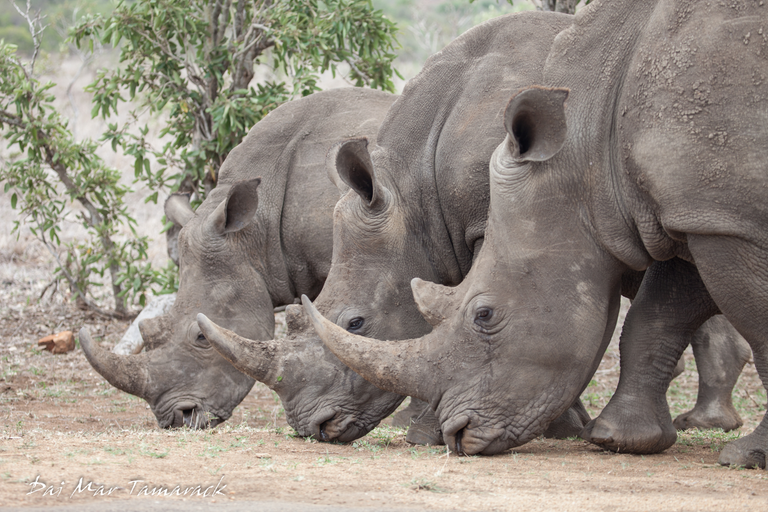
All Lined Up
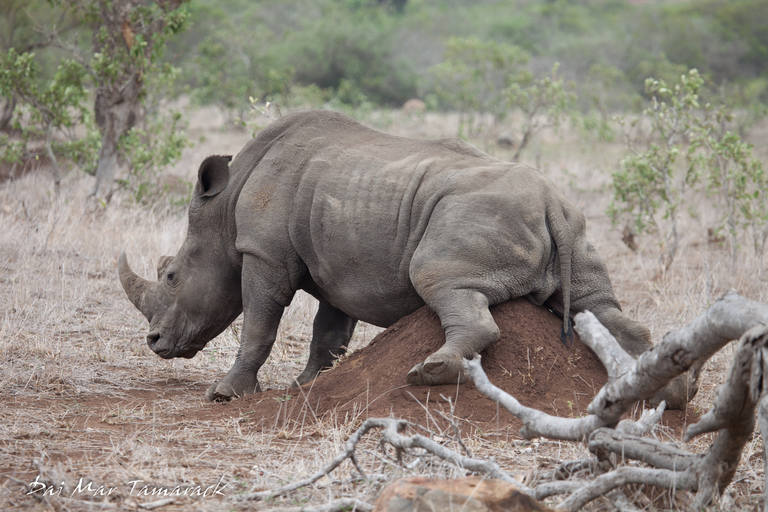
Funny way to scratch yourself
Seeing rhinos in the wild is always a magical experience, and one that you may not have a chance to see in the future. Poaching of rhinos for their horns is at an all time high, especially in Kruger National Park where nearly 500 rhinos have been killed by poacher THIS YEAR! Officials say that at any time they expect around a dozen groups of poachers are working their illegal trade inside the park, mostly up by the Zimbabwe and Mozambique borders. As the population of rhinos dwindles the demand for rhino horns increases. Hopefully education and conservation will ultimately win this war but in the meantime I savor each and every rhino encounter.
The fact that we can see white and black rhinos can be seen inside the park which is an amazing thing when you look at how critically endangered they have been. Southern white rhino populations dipped to a low of 50 in the early 20th century but are not up around 14,500. Black rhino populations dipped below 2500 in the late 2000's but efforts to save them have brought the number's back up a little. If you want some less hopeful rhino news you can take a look at the wikipedia page on black rhinos and see how many subspecies have gone extinct under our watch. We were lucky enough to see 2 different black rhinos over a week long stay in Kruger and quite a few white rhinos.The total number of rhinos in the park is a closely guarded secret due to poaching.
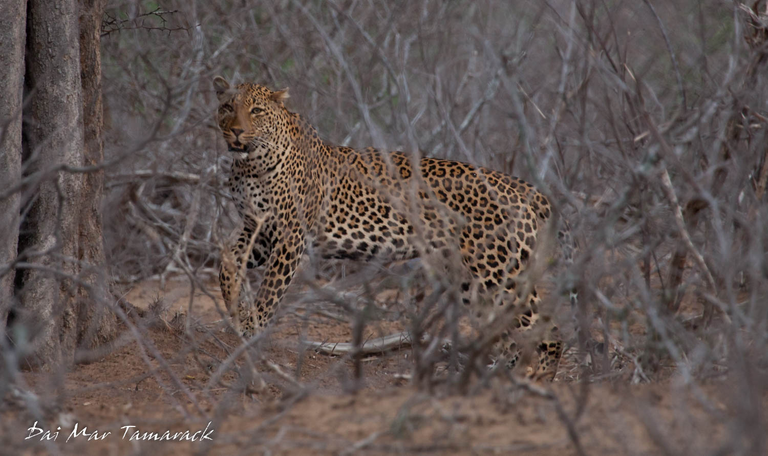
The most elusive member of the big 5 and the reason so many visitors end up going home having only seen 4 out of 5, is the leopard. Hunting and night and hiding during the day make these beautiful cats chance encounters for the normal visitor on safari. The best way to up your chances is to find out when the camp gates open in the morning and be one of the first cars out, or to sign up for an evening or night game drive with one of the park camps. There is nothing quite like spotting the reflective night visioned eyes of a leopard peering back at you during a night drive. With just over 1,000 leopards thought to call the park home, Kruger National Park is one of the best places to find them.
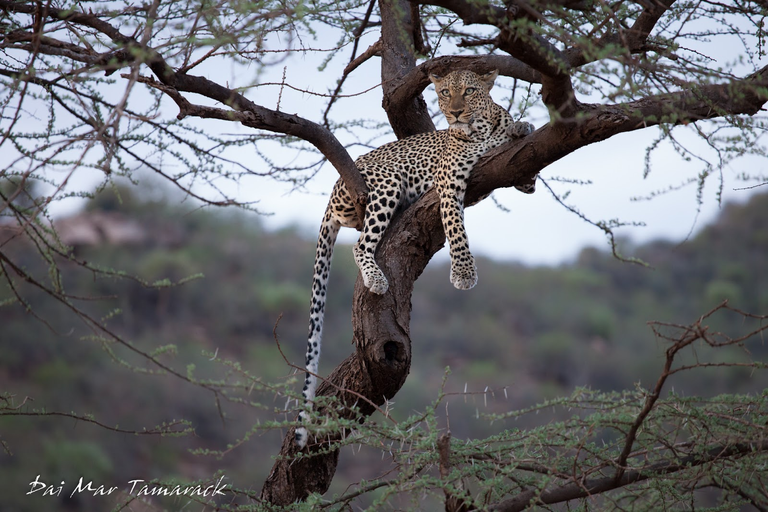
My most photogenic leopard from a previous trip to Samburu National Park in Kenya
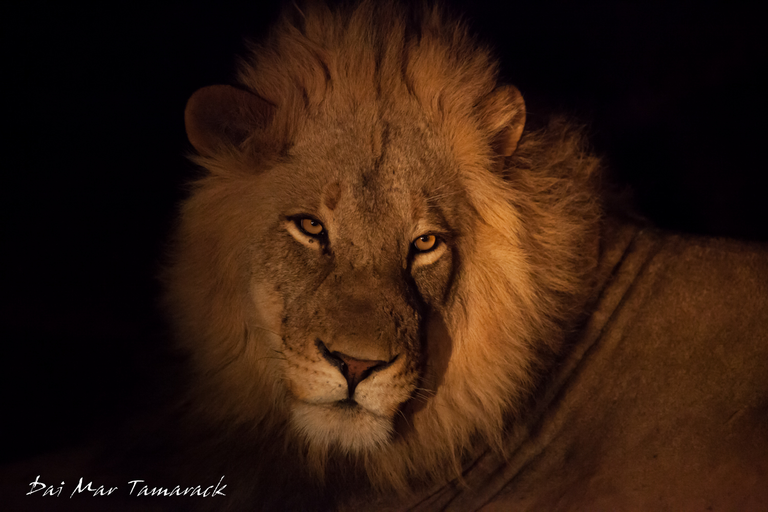
Male lion portrait on a night safari
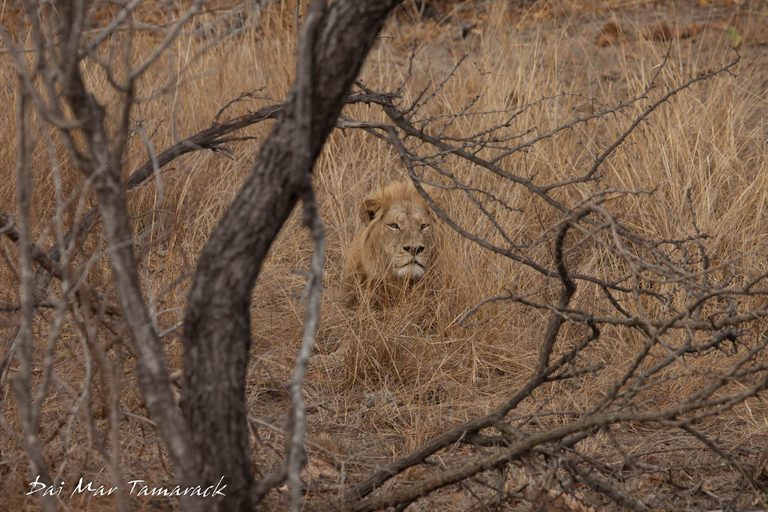
Camouflaging Lion in the Grass
A wonderful thing about Kruger is the amount of lions! The park boast a population of around 1,750 lions, which makes the chances of spotting the biggest of African cats a very good bet. So that makes the real trick seeing an active lion, instead of a sleeping one. It is common for these amazing hunters to nap over 20hrs in a day, which doesn't make for the greatest photo opportunities. But with so many lions in the park you may see lions mating, lion cubs playing, lions with eating, or the ultimate...lions on the hunt and making a kill.
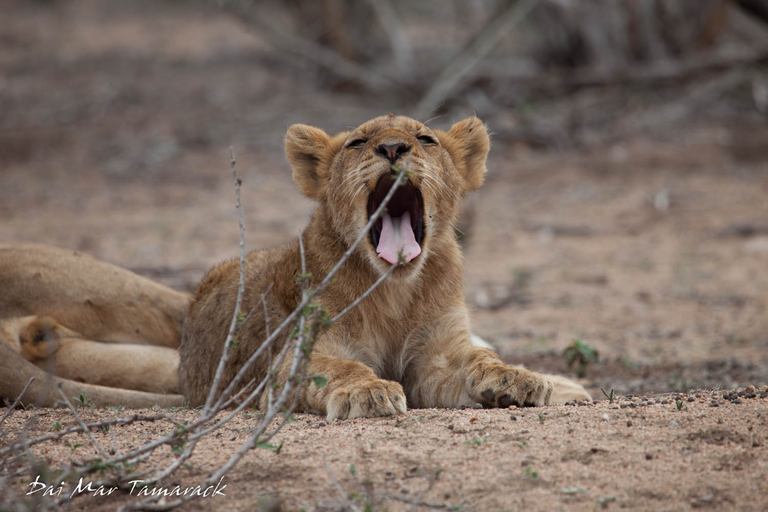
Sleepy Cub
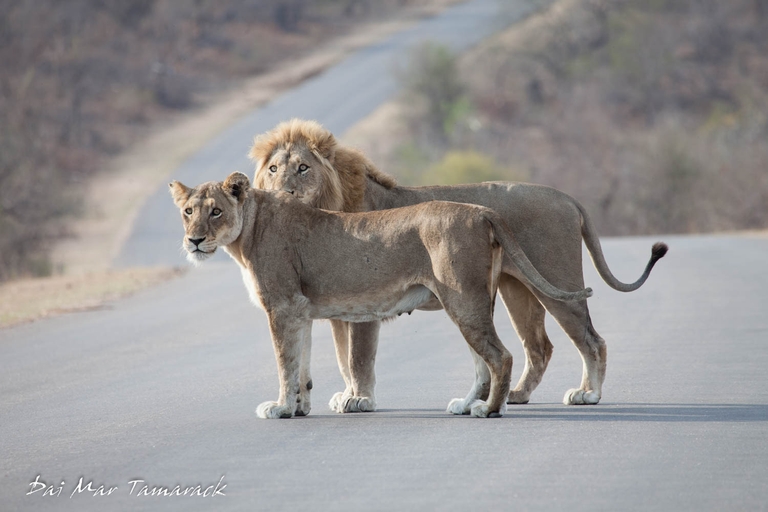
'Our Road'
We saw several prides of lions daily over this past week displaying all kinds of behaviors. What was really interesting was the mixture of types of prides. Some were all male, some female with cubs, others were mating pairs off together, while another was six males and one female. These lions make for wonderful photography subjects since they are not shy around vehicles and will occasionally walk right around the car. Several times I found myself having to decide between getting the picture or rolling up the window they were so close. Lions are also commonly spotted on night game drives and if you are ever woken up at night by the roar of a nearby lion I promise it is a sound you will never forget.
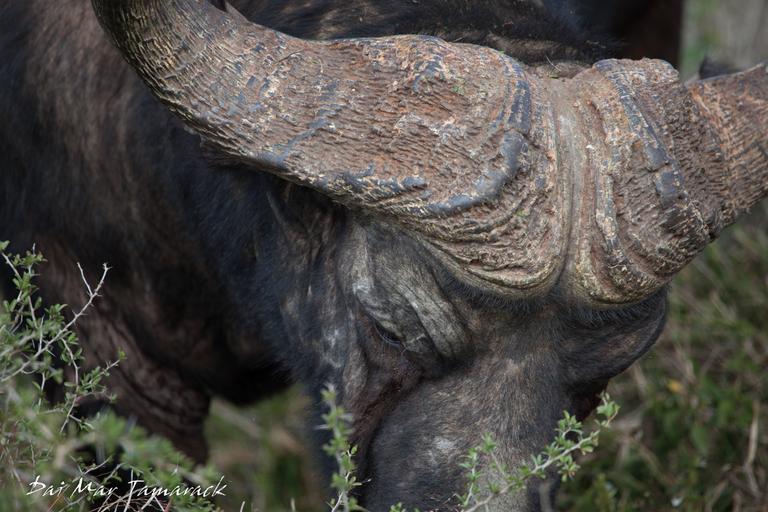
The last of the big 5 is the cape buffalo. Not to be confused with American bison incorrectly called 'buffalo' these are the true buffalo and one of the most feared of the big 5. Adults weigh in around 1,300lbs and can have a bit of a temper. I once saw a pride of 13 lions attack a solo male buffalo and it took them 45 minutes of constant attacking, chasing, and biting to finally bring the buffalo down. It is reported that buffaloes have killed more hunters in Africa than any other animal, sometimes attacking people who harmed them years after the actual event! While walking through the Okavango delta among all kinds of wildlife this was the animal that our guide was most scared of. But with over 37,000 buffalo in the park, and from inside a safari vehicle, you can have many safe buffalo sightings to complete the big 5.
Check out the pinmapple link above.
Thanks as always for following along with the adventures!
-Dai Mar
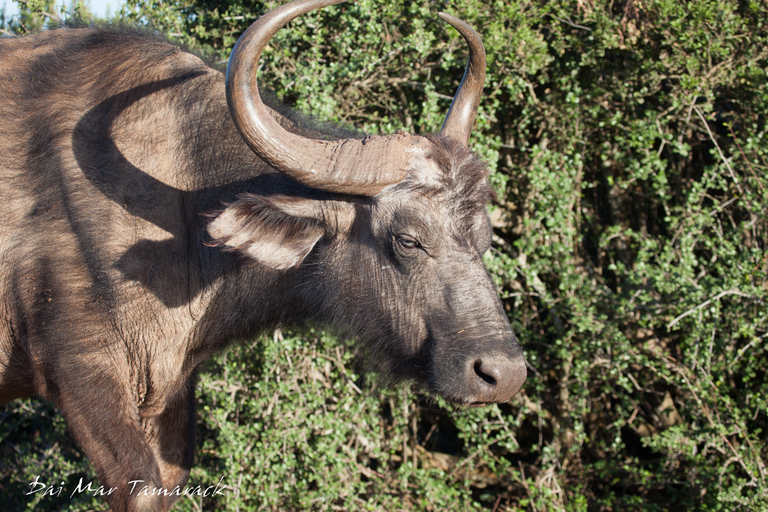
Congratulations, your post has been added to Pinmapple! 🎉🥳🍍
Did you know you have your own profile map?
And every post has their own map too!
Want to have your post on the map too?
The rewards earned on this comment will go directly to the people( @belkyscabrera ) sharing the post on Twitter as long as they are registered with @poshtoken. Sign up at https://hiveposh.com.
Wow, wow, wow!! All these photos are stunning! Honestly, I have only seen such animals in the zoo long time ago but seeing them in the national park must be a completely different experience.
It's so sad that there are still poachers killing such magnificent creatures...
Thank you for taking us on this adventure with you!
The feeling you get at the zoo is something but when you see them in their natural environment it's a unique feeling.Hi @delishtreats, although I'm not a fan of zoos, I have a few zoos I enjoy going to because I know the animals there are respected.
I too would like to visit a national park, yes, I can tell you which park I would like to visit, Serengeti National Park.
A safari in this park would be fascinating, I'm still dreaming, hehe.
Serengeti is amazing. When it crosses into Kenya it changes names to the Masai Mara Game Reserve. Truly something to see~!
You are absolutely right but the price of a safari here is also very high, but worth it.
Daily Travel Digest #1783.
Become part of our travel community:
- Join our Discord
- Learn more about our travel application
Hiya, @LivingUKTaiwan here, just swinging by to let you know that this post made it into our Honorable Mentions in Your post has been manually curated by the @pinmapple team. If you like what we're doing, please drop by to check out all the rest of today's great posts and consider supporting other authors like yourself and us so we can keep the project going!Congratulations @dtam! You have completed the following achievement on the Hive blockchain And have been rewarded with New badge(s)
Your next target is to reach 700 replies.
You can view your badges on your board and compare yourself to others in the Ranking
If you no longer want to receive notifications, reply to this comment with the word
STOPCheck out our last posts:
Support the HiveBuzz project. Vote for our proposal!
Wow great photos, especially the leopard in the tree. Those eyes! I have had the opportunity to see 4 of the 5 animals in the Masai Mara. It was in July during the great migration and the wildebeests were too noisy for the rhinos and they went very far away. Like you said it is truly an incredible experience to see these animals out on the Mara or in national park.
The Mara is one of my favorites. The black rhinos there are very hard to find. There are not many of them, and they stay tucked in the dense bush for most of the time. If you find yourself back in Kenya, try a side trip to Lake Nakuru National Park... great place for rhino spotting :)
I will thanks for the suggestion.